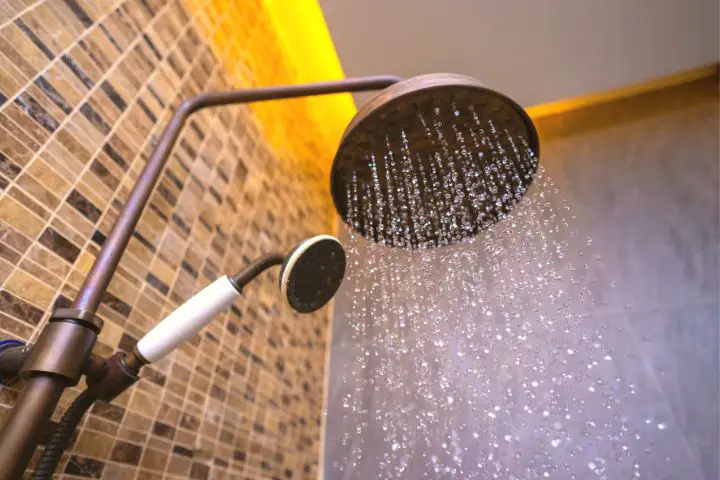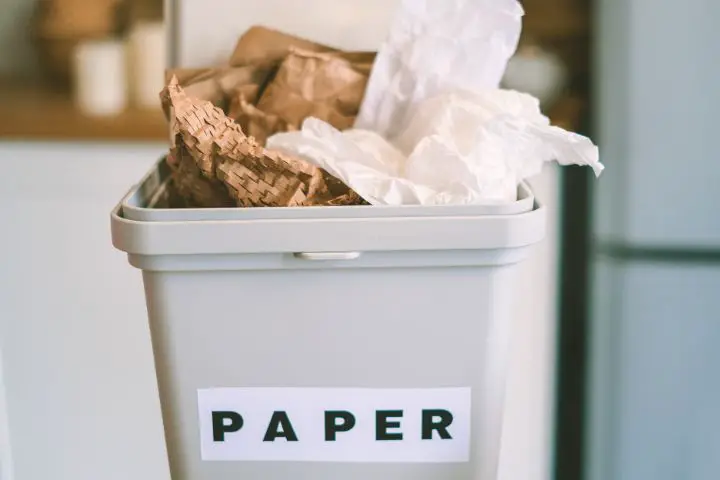Sustainable Apartment Living: 12 Tips and Ideas
Sustainable living means consuming fewer resources, using renewable energy sources, and reducing waste. Living in an apartment makes adopting a sustainable lifestyle more challenging as you usually don’t have control over significant changes like installing solar panels or wind turbines. But you can still reduce your environmental impact and make your apartment more sustainable. Soon, others, like your landlord, may follow suit. How do you do this?
Decrease Clutter and Stay Organized
The first step to sustainable living is to reduce your consumption. It doesn’t just mean buying fewer items but also being mindful of what you already own and how much space it takes up. Good organization and storage are critical for a smaller space like an apartment. Having fewer items lying around means that you’ll save money, resources, and energy.
Note that even with a minimalistic approach, you often throw items away instead of recycling, repurposing, or reusing them when you have limited storage units. To avoid this, invest in furniture that has a secondary use, like ottomans with built-in storage space or stools with shelves. The easy way to declutter your house is simply to take these things one step at a time.
Reduce Food Waste or Divert to Compost
Food waste accounts for a large part of total household waste. Meal planning will save money and optimize your grocery shopping trips. It also reduces food waste since you only buy and cook what you need.

Of course, some food waste is inevitable (no one eats banana peel or avocado seeds). In that case, Bokashi composting is probably the best option for those without a garden.
You can also purchase items in bulk to reduce packaging waste and save money on groceries. When you have leftovers, freeze them for later instead of throwing them away. Get creative with recipes and use all the food you have.
Switch to Reusable Alternatives
Instead of buying a case of plastic water bottles every month, invest in a reusable filtering system that attaches directly to your tap or kitchen faucet. Other examples include reusable straws, grocery bags, cloth or paper napkins, and rags instead of paper towels for cleaning. You can also opt for a compost bin for food waste that can be used as fertilizer.
Because water is your apartment’s most readily used resource, look for water-recycling solutions. For instance, use rainwater to water plants, wash your car, or even flush the toilet.
Consider Water Saving Techniques
Apartments usually have shared water systems, so if you’re using too much water, it affects everyone. To conserve your building’s water supply, install low-flow showerheads and faucets. You can also reduce water usage when washing dishes by filling the sink with a few inches of soapy water instead of letting the faucet run. Smart faucets are also becoming increasingly popular and are worth looking into. They’re motion-activated and use less water than traditional taps.
Addressing leaks, no matter how small, is also essential. If unchecked, they waste a lot of water over time. Running toilets, constantly dripping faucets, and leaking showerheads are all signs of faulty plumbing. Regularly inspect your plumbing and address issues quickly.

Switch to Energy-Efficient Lighting
Incandescent light bulbs waste more energy than their LED counterparts. Switch them out as soon as possible. LED bulbs last longer and are more efficient. You can also install dimmers for your lights, allowing you to adjust the brightness and wattage when necessary.
In addition, make sure that all windows are properly sealed to reduce heat loss or gain. Opting for light curtains or opening windows instead of turning on the air-conditioning can also save energy.
Remember, motion sensor lights in high-traffic areas or rooms left on for long periods will save energy. They’ll turn off when not in use. You’ll never worry about leaving the lights on accidentally, saving you from extra energy costs.
Invest in a Smart Thermostat
Smart thermostats regulate your home’s temperature and conserve energy. You can program remotely to adjust the temperature when you’re away or asleep. Smart thermostats also save money by notifying you when energy bills are too high. You can even set it to turn off the air conditioning when your home is unoccupied.
Look for Natural Cleaning Solutions
Chemical-based cleaning products are full of toxins harmful to you and the environment. As an alternative, look for natural cleaning solutions that don’t contain harsh chemicals. For instance, use baking soda, vinegar, and lemon juice to make all-natural cleaning agents. You can also opt for plant-based cleaners that contain essential oils instead of artificial fragrances.
Eat Sustainable Foods

Grow your food if you have space on your balcony or a shared plot in the building. Doing this reduces the carbon footprint and saves you money. Otherwise, shop locally or buy seasonal products to support local farmers and producers. You can also try to buy organic, as this is better for the environment and your health.
Choose Energy-Efficient Appliances
Opt for eco-friendly appliances, such as energy-efficient washing machines, dishwashers, and refrigerators. When shopping for a new device, check the energy star rating to see if it meets the required standards.
Remember to unplug appliances when not in use, as they still consume energy even when turned off. Also, check for air leaks in walls, windows, and doors. Fix these with caulk or weatherstrips and seal gaps at the bottom of doors with a door snake.
Use Hot Water Less
Heating water is a significant source of energy consumption. To save energy and money, use cold water to wash clothes whenever possible. If you need hot water, shorten the cycle and use warm water for partially soiled garments. You can also wait until you have a full load before washing. Installing a low-flow showerhead or taking shorter showers will also help.
Opt-Out of Mailings
To reduce paper waste, opt out of unwanted mailings. You can also switch to online banking and bills instead of receiving paper copies. Use both sides of the paper to save on printing costs if needed, and keep documents you don’t need in digital format instead of printed copies. Also, try to recycle paper and cardboard instead of throwing them away.

Use Petroleum Free Products
Candles, makeup, and lotions are just a few everyday items containing petroleum. When buying, look for natural alternatives that don’t include petroleum-derived ingredients.
Doing this reduces the dependence on petroleum and its associated environmental impacts. Opt for soy candles, organic makeup, and lotions made with natural ingredients. You can also switch to sustainable fabrics for clothing.
Start Making a Difference
Creating a sustainable home requires effort, but it is worth it for your health, wallet, and the environment. Remember that it’s more than just buying sustainable products. It’s also about better habits, reducing waste, and making your home as energy-efficient as possible. Small changes can add significant results so let the entire family get involved and start making a difference today.






